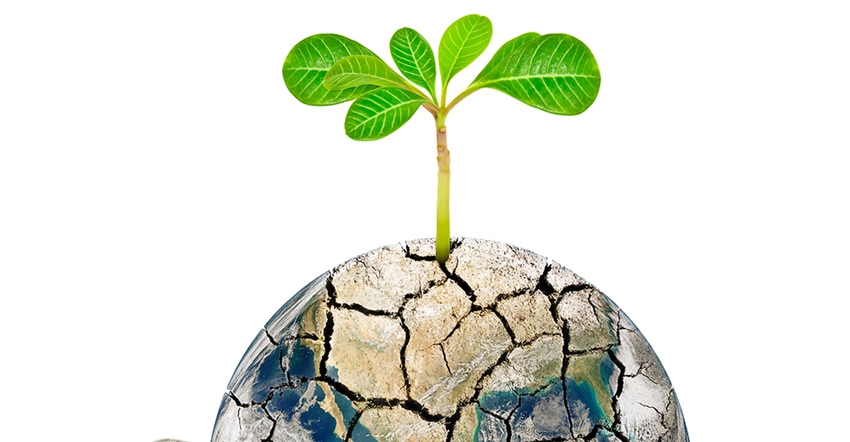
While the math points to near normal temperatures and rainfall on average for 2018, Pat Guinan says the year was not even close to “near normal.”
“Weather was anything but that,” adds Guinan, University of Missouri Extension climatologist. Record-setting numbers hide in an average.
For starters, look at the “non-spring” of 2018. April was the second coldest on record going back to 1895. That was followed by the hottest May on record, reaching back 124 years.
There’s more. June was eighth hottest. June heat built on top of the May record to become the hottest May-June combination on record.
Hang on for more extremes. The record-setting early blizzard warnings in November came later.
Late spring extremes came from a stubborn high-pressure ridge over the Midwest. It was persistent and warm. Many locations were above normal every day of May. This beat the prior record set in 1962.
Growing season impact
Farmers faced many problems all year from planting to harvest.
What started as too cold to plant and then too warm and dry became too wet to harvest. Soybeans were stranded in snow-covered fields.
A spring planting season also needs rainfall. The 2018 spring continued from an abnormally dry ending to 2017. Those previous September rains were 3 inches below normal. September-to-January rains were 57% of normal. That was the driest similar period in more than 40 years, Guinan says.
In May, Rosecrans Memorial Airport recorded 23 inches of rain from May 2017 through May 2018. Their normal is 41 inches.
Waiting on water
The shortage of rain, and lack of subsoil moisture, led right into that hot 2018 heat. Heat made water shortages worse.
Lack of water and high heat hit grass farmers hard. That stopped forage growth of grass and hay for livestock herds. Missouri is No. 2 in cow numbers in the nation. Cows normally grazing fall pastures were fed winter hay early.
Unlike many droughts, this one seemed to make Missouri the bull’s-eye. “The largest precipitation deficits in the central United States built up in Missouri,” Guinan says.
Not only soil moisture suffered, stock water ran short. Farmers were hauling water, a decades-old memory.
For crop farmers the cold April delayed planting. Early-planted corn and soybeans emerged late. But warm weather hastened crop maturity, leading to an early start at harvest.
Cold finish
Then another flip came. November became the fourth coldest on record. Go back to 1976 for comparison. This year, many locations across northern Missouri recorded single-digit minimum temperatures.
When precipitation returned, it included unfamiliar early snow. That became one of the snowiest Novembers in decades. Five separate snow events hit the state. Snow accumulations of 5 to 10 inches were common in the northern two-thirds of the state.
The biggest snow event was a highly unusual blizzard after Thanksgiving. Heavy snows came with high winds. Kansas City International Airport recorded a wind gust of 55 mph.
The bright report is less drought as subsoil moisture gains.
There is still time for December to finish with surprises. Guinan reports on the weather that occurred. He gives no guesstimates on a white Christmas. He continues to be amazed at what happened in 2018.
Dailey is a retired MU Extension professor. He writes from his home in Columbia.
About the Author(s)
You May Also Like




